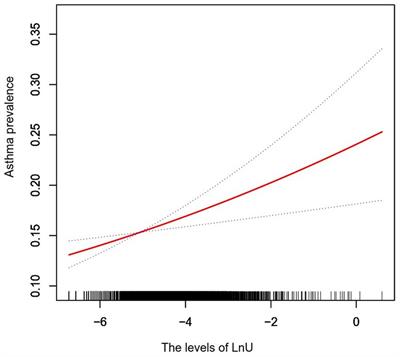REVIEW
Published on 09 Oct 2024
Impacts from air pollution on respiratory disease outcomes: a meta-analysis
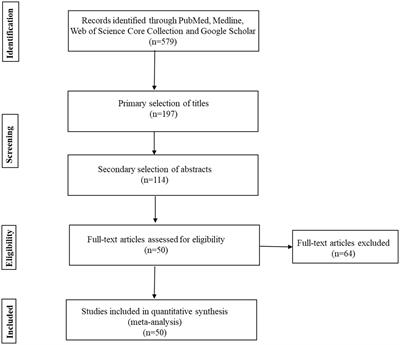
doi 10.3389/fpubh.2024.1417450
- 1,285 views
- 1 citation
2,870
Total downloads
8,498
Total views and downloads
REVIEW
Published on 09 Oct 2024

ORIGINAL RESEARCH
Published on 02 Aug 2024
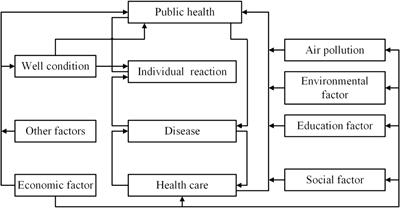
ORIGINAL RESEARCH
Published on 01 Aug 2024
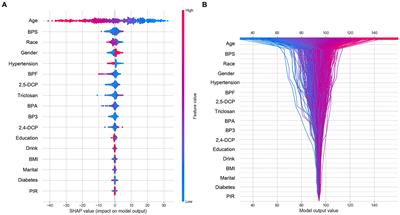
ORIGINAL RESEARCH
Published on 11 Jun 2024
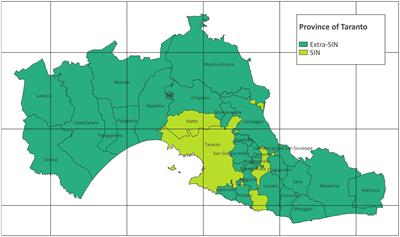
ORIGINAL RESEARCH
Published on 08 Jan 2024
